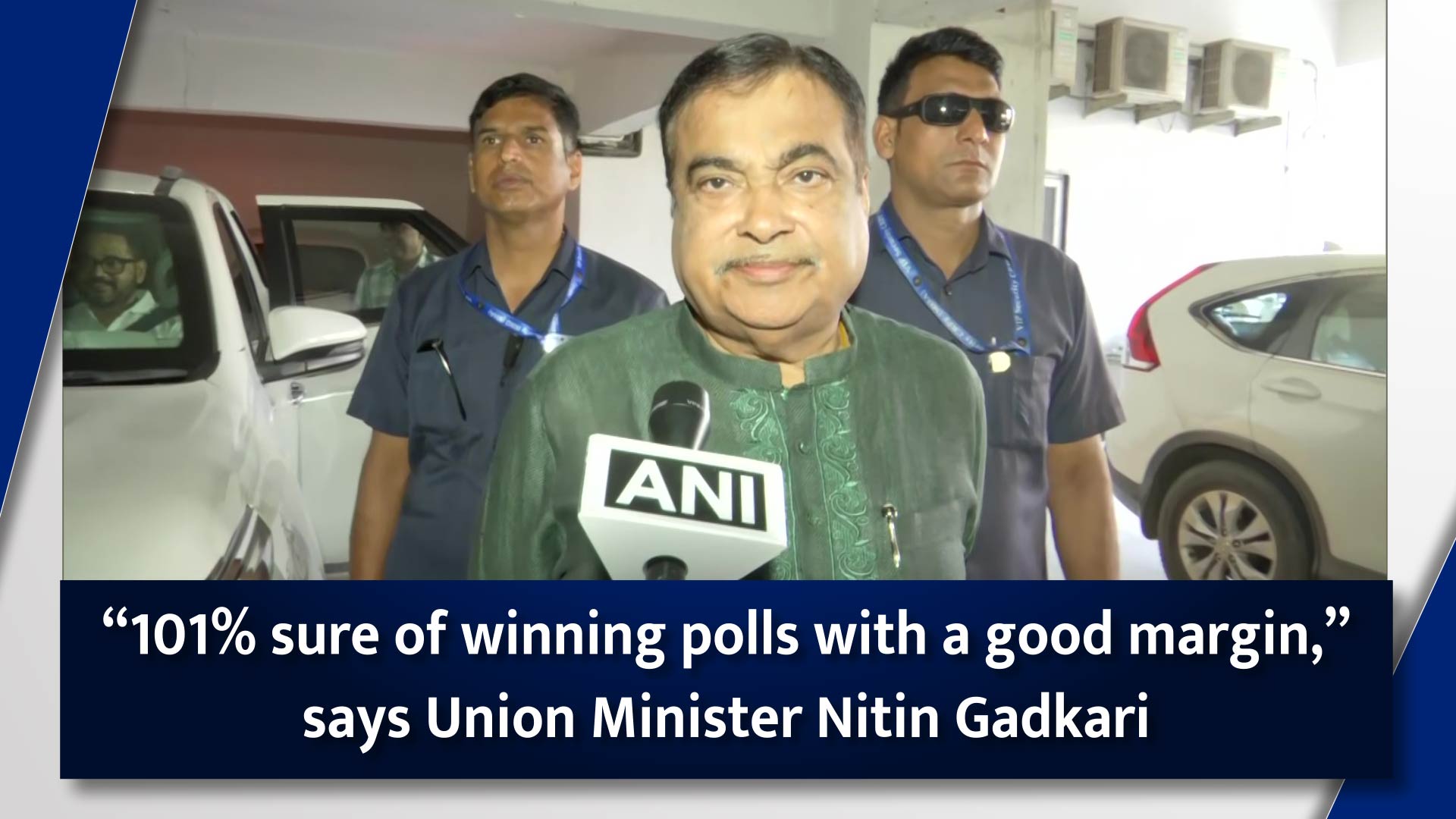Fixed Income Monthly Commentary – Feb 2021 by Pankaj Pathak, Quantum Mutual Fund

Follow us Now on Telegram ! Get daily 10 - 12 important updates on Business, Finance and Investment. Join our Telegram Channel
https://t.me/InvestmentGuruIndiacom
Download Telegram App before Joining the Channel
Below are Views On Fixed Income Monthly Commentary – Feb 2021 by Pankaj Pathak, Quantum Mutual Fund
Year 2021, so far, has been negative for the bond markets. Bond yields moved up across the maturity curve in the last month. This was mainly on fears of early withdrawal of surplus liquidity by the RBI.
Earlier in the month, the RBI announced to restart variable rate term reverse repo auctions to normalize its liquidity operations. This triggered a selloff in the bond and money markets. Yields moved up sharply after the announcement and stayed there for rest of the month.
The 10 year government bond yield moved up by 4 basis points to close the month at 5.91%. While yields on upto 5 year maturity bonds jumped by 20-40 basis points in the month.
In the Union budget, the government shocked the market by pegging the fiscal deficit at much higher level than expected. Fiscal deficit for the financial year 2020-21 is pegged at 9.5% of GDP and target for financial year 2021-22 is set at 6.8% of GDP. Market estimates for FY2022 fiscal deficit were around 5.0%-5.5% of GDP.
The government has also proposed an extended consolidation path suggesting that deficit will remain relatively higher for longer period of time. The government expects fiscal deficit to GDP to be at 4.5% by fiscal year 2025-26. This is a big departure from the 3.0% target first slated to be reached by this government in Fiscal year 2018.
Borrowing limit for states is also relaxed. States can borrow net amount upto 4% of State GDP. Most of the states are likely to follow a similar expansionary fiscal policy. Thus the bond market will have to absorb heavy supply of central and state government bonds in the next 2-3 years.
RBI’s role in facilitating this kind of market borrowing would be critical to determine its impact on the bond markets. In the last two years the RBI bought record amount of government bonds to keep long term yields contained.
At multiple occasions the RBI has reiterated their commitment to support the bond markets. So we expect the RBI will absorb a large portion of government borrowing. Nevertheless we should remain cognizant of the risks on the horizon.
Increased government spending for extended period could generate inflationary impulse over medium term. Government’s tax proposals particularly related to introduction of new cess and import duties on various products could also cause inflation to rise. The RBI may find it difficult to support the government’s borrowing program if inflation comes back.
Given the macro backdrop, it seems that the bond yields have already seen the bottom and reversal is coming sooner than anticipated. Bond markets sold off after the budget announcement. Yields moved up by 10-20 basis points across the maturity curve. We expect the market to remain under pressure unless the RBI announces a big bond purchase program.
We expect long term bond yields to move up over the medium term. In this scenario it would be prudent for investors to be conservative in their fixed income allocation. Investors who have higher risk tolerance and longer holding period can take advantage of the market opportunities through dynamic bond funds.
Above views are of the author and not of the website kindly read disclaimer










Tag News

Monthly Debt Market Update, September 2023: CareEdge Ratings












